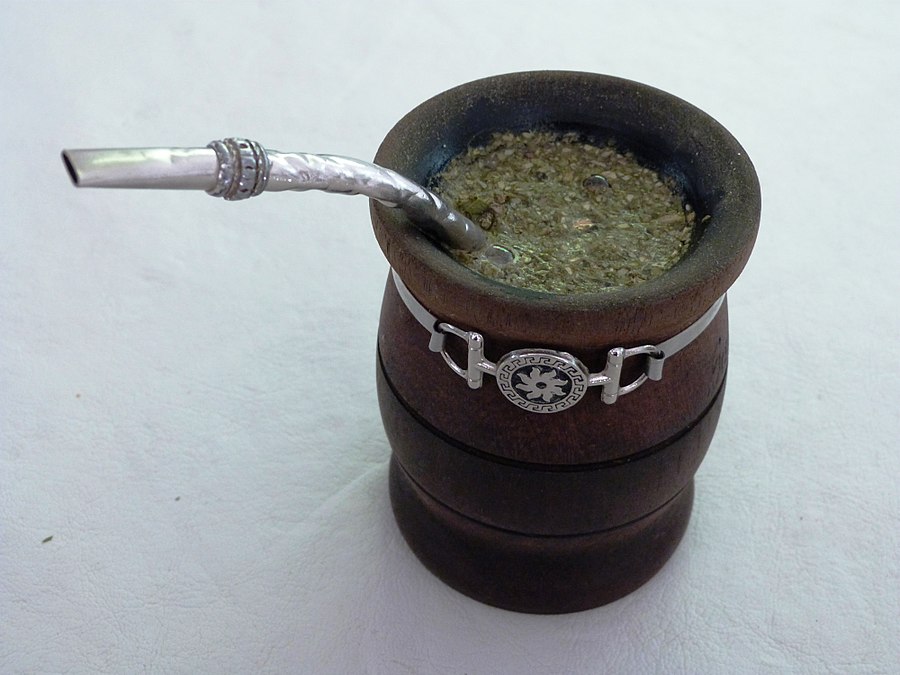Facts About Mate
Maté, often referred to as chimarrão or cimarrón, is a traditional, caffeine-rich beverage from South America with deep roots among the Guaraní and Tupí peoples. It is regarded as the National Beverage of Argentina, Uruguay, and Paraguay.
To prepare maté, dried yerba mate leaves are steeped in hot water and consumed through a metal straw from a shared hollow calabash gourd. The leaves are dried, chopped, and ground into a fine mixture known as yerba. This beverage is cherished across various regions, each with its own distinct preparation methods and cultural significance. Maté's popularity expanded through European colonization, becoming a key commodity in Paraguay.
Argentina is the largest producer of maté, followed by Brazil and Paraguay. Interestingly, Uruguay boasts the highest consumption per capita. Drinking maté involves specific etiquette and is often a communal activity. While maté is known for its health benefits, some studies suggest that consuming it at very high temperatures may be associated with an increased risk of esophageal cancer.
There are different variants of maté, such as tereré (cold maté), mate cocido (brewed maté), and sweet maté, each with its own preparation style and cultural practices. Beyond South America, maté has gained popularity in the Middle East and North America, where it has been adapted to suit local preferences.

 Chile
Chile